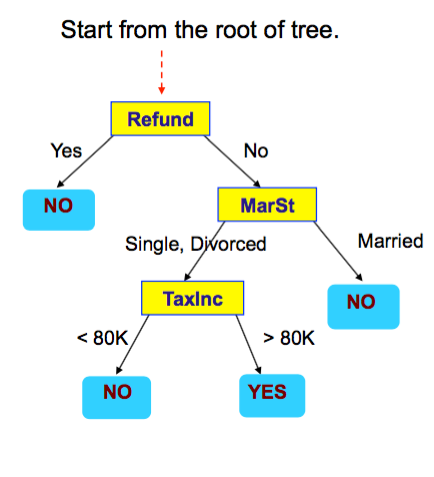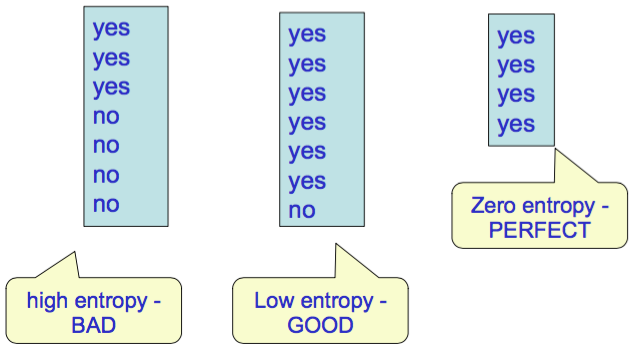Artificial Intelligence and Data Mining
Lecture 15 - February 8th, 2017
Artificial Intelligence and Data Mining
- Something Fun
- quickdraw.withgoogle.com/
Social Media Data
- 2 million emails per second
- 500 million tweets on twitter a day
- 500 million new videos viewed to youtube a minute.
Scientific Data
- Data collected and stored at enormous speeds (GB/hour)
- remote sensors on a satellite
Other Data Sources?
Need for Data Mining
- Human Analysts: Too much work
- Data Mining: automatically discover useful information
Example:
- Predict if an email is spam or not
- Train a model
- Show the computer a bunch of emails, some of which are spam, some of which are not
- Tell the computer which words appear in each email
- Computer learns words that tend to appear with spam emails, or with not-spam emails.
- Test the model
- Show the computer a new email
- Check if the computer predicts the right class
Predictive Data Mining or Supervised learning
Learning
We can think of at least three different problems....
Ex. Imagine I'm trying predict wether my neighbour is going to drive into work, so I can ask for a ride.
- Wether..
- temp.
- precipitation
- day
- clothes
Memorize vs New Data
| Temp | Precip | Day | Clothes | |
|---|---|---|---|---|
| 25 | None | Sat | Casual | Walk |
| -5 | Snow | Mon | Casual | Drive |
| 15 | Snow | Mon | Casual | Walk |
| -5 | Snow | Mon | Casual | ? |
Noisy Data
| Temp | Precip | Day | Clothes | |
|---|---|---|---|---|
| 25 | None | Sat | Casual | Walk |
| 25 | None | Sat | Casual | Walk |
| 25 | None | Sat | Casual | Drive |
| 25 | None | Sat | Casual | Drive |
| 25 | None | Sat | Casual | Walk |
| 25 | None | Sat | Casual | Walk |
| 25 | None | Sat | Casual | Walk |
| 25 | None | Sat | Casual | ? |
Average the data when it's noisy data
How can we build a model?
- Decision Tree
- Predict by splitting on attribute values
- ID3
- Normal procedure: top down in a recursive divide-and-conquer fashion
- Process Stops

AI Experience (withGoogle)
- Constructing decision trees (ID3)
- Normalprocedure:topdowninarecursivedivide-and- conquer fashion
- First: an attribute is selected for the root node and a branch is created for each possible attribute value
- Then: the instances are split into subsets (one for each branch extending from the node)
- Finally: the same procedure is repeated for each branch, using only instances that reach the branch
- Processstopsifallinstanceshavethesameclass
- Normalprocedure:topdowninarecursivedivide-and- conquer fashion
Attribution Selection:
- Heuristic: Choose the attribute that produces the "purest" nodes
- Entropy of Nodes: Lower the entropy, purer the node
Measuring Purity with Entropy:
- Amount of Information
- Higher -> messier the group
- Lower -> purer the group

Bonus:
Trump's Twitter:
- iPhone Entries (Staff) vs Android Entries (Trump)